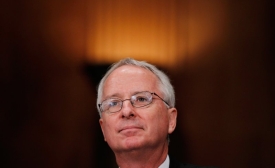public diplomacy
Internationally, the 2010 Shanghai World Expo was a major tourism and branding draw card for its host city. Domestically, the Expo constituted a major source of national pride and a key vehicle for the promotion of official messages reinforcing traditional state propaganda themes.

Public diplomacy comes with side effects. Positive unintended consequences become part of the intended impact, but negative ones should concern us.
by Nicholas J. Cull

Effective, pragmatic partnerships based on shared objectives—economic growth, financial stability, and more—are the future of diplomacy. Such partnerships will be the engine for increased security and prosperity, not just for advanced, but also for emerging economies around the world.
As Friday's curtain came down on this year's Boao Forum for Asia (BFA), a public diplomacy event, the lasting effect on China should be progress and reform. It is fair to say that the four days of the conference, covering sixty topics and attracting over 3,000 global figures from all walks of life, were a good example of public diplomacy itself.

In this audio clip, former U.S. Ambassador to Pakistan Cameron Munter speaks to MPD candidate Bryony Inge about the complex relationship between the U.S. and Pakistan, and how to improve relations going forward.

Sherine B. Walton, Editor-in-Chief
Naomi Leight, Managing Editor
Sohaela Amiri, Associate Editor
Colin Hale, PD News Contributing Researcher







